The subscription model has changed everything. In reality, it has put all the power in the customer’s hands. This is the power of choice. With it, customers can either choose to retain your services as a business or simply churn and choose another. A good customer success manager (CSM) must understand the factors that result in churn and how to overcome these factors by taking customer success to the next level.
Clients choose to partner with businesses that are most likely to help them achieve their desired business outcomes. Ordinarily, fulfilling their expected outcomes should be enough to retain their loyalty, but the opposite is often true. Delivering what was promised in the sales process alone has proven to be insufficient in preventing churn. This is because the clients can simply subscribe to another vendor that offers similar services.
How to Avoid Churn
It’s long been proven that clients will establish a relationship with a business that actively invests in customer success. However, customers will further strengthen their relationship with a CSM who is successful in helping them expand their vision for how to use the vendor’s solution. When successful, the CSM will effectively increase the number of potentials and achieve business outcomes with its organization. Ultimately, this will drive a competitive edge that is difficult to replicate and, thereby, ultimately prevent churn in a highly effective manner.
Typically, during a Quarterly Business Review (QBR), clients are asked what their desired business outcomes are. A good CSM will then ensure that those business outcomes are delivered as requested. The downside to this approach is that it assumes that clients know what they want, which isn’t always the case. There are things that your clients know they know, and some things they don’t know that they don’t know.
Capturing and reacting based on your clients’ expected business outcomes alone will limit the maximized value to what they think they know about your solution’s capabilities.
To prevent churn, the CSM needs to be proactive to customer needs. To improve client success, CSMs must look into what the clients don’t know that they don’t know. These include other solutions that your on-premise, SaaS, hardware, or service offerings can deliver to the clients. Upon discovering these solutions, the CSM can then maximize value by planting additional seeds of business outcomes. The client will immediately perceive yours as the firm that can add the most value to them.
The Success Plan Playbook
To implement and execute the desired business outcome, we’ll need to create a success plan. A solid success plan playbook should be comprised of three essential steps:
1. Generate and Plant Ideas
At this stage, your CSM needs to go beyond analyzing feedback to discovering new business outcomes for your customers. You can then open “a buffet of ideas” to your customers. Discuss the ideas with the clients to identify which ones are achievable and can positively impact their business while increasing their success with you.
Planting ideas can greatly increase the customer’s perceived value, which ultimately helps prevent churn, even when a realized value is much lower. In other words, clients often won’t churn if the expected ROI (“perceived value”) is larger than their current ARR (Annual Recurring Revenue).
2. Decide Priorities
If there are multiple ideas that resonate with your clients, your CSM should help them prioritize in a manner that would facilitate change management. This should be a collaborative process whereby the CSM and the client discuss and choose which aspects will be implemented first. Your CSM should help the clients decide which ideas are realizable, urgent, or can create the most favorable business outcome.
3. Prove Value
The implementation of new ideas will require time and resources. The CSM must be equipped to clarify how the ideas will prove value and increase client success early on. To help facilitate the discussion on how value will be proven over time, your CSM should show the clients the realized values and business outcomes that a similar success plan or use case has achieved for other clients.
For new customers, the best time to plant new business outcome ideas is before the onboarding process begins (during and after kick-off). On the other hand, for older clients, the CSM should assume that every year the client might have undergone vital changes in their business goals and vision. A recommended approach will be to ask clients what has changed in their business goals and company strategy a few months before renewal. This inquiry can be carried out by a survey for smaller clients. It should, at the very least, be done annually for a lower segment of accounts and quarterly for the more strategic accounts.
3 Ways to Maximize Perceived Value
As a CSM, you must be able to lead effective perceived-value conversations with customers. To truly open a buffet of ideas, you may wish to guide your clients through a path that makes the most sense to their role and current situation. Clients should be guided to understand priorities or relevance, and those are best consumed using a clear framework. Here are three common frameworks for arranging possible ideas for business outcomes and use cases that your customers can more easily digest and understand:
1. Business Processes
Using this approach, you will open up the discussion by showcasing the main business processes that your solution can support to improve your customer’s business. For example, if your solution is sold to the HR team, as a CSM, you should provide ideas that would help optimize their key business processes, such as recruiting, supporting, and retaining great talent.
If you were catering to this team in a QBR, you could start by outlining the different core competencies that they support as a team and demonstrate how your solution can help optimize them. You can then work with the main stakeholders to create a success plan for the HR team based on the high-priority business outcomes discussed during the QBR.
2. Customer Attributes
A second option is to sort the list of business outcomes your solution can help achieve by your client’s industry, niche, or size. As a first step, you will need to carefully ensure you understand the specific industry your client is in or the size and stage of their company.
During the QBR, focus on the list of business outcomes that your solution can additionally provide to an organization of their size or in their industry. Don’t try to use the same list for a different industry or for different company sizes, as it would dilute the value of the QBR and your ability to promote a highly meaningful relationship with the client.
3. Maturity Model
You can help the client think about additional business outcomes based on their maturity level with you. At CSM Practice, we recommend accomplishing this by comparing each client to the processes, people, and features used by your best-of-breed customers.
When going through a benchmark, let your clients drive the assessment and decide where they are on the spectrum. This will lead to open and candid conversations regarding where they hope to be within a given time frame (usually a year or quarter). This exercise helps clients realize the areas they wish to improve through an objective self-evaluation.
Summary
Presenting new ideas that generate new business outcomes for your customers in a QBR can go a long way to reducing churn. Help the clients prioritize the ideas and develop a suitable customer success plan from the results. All of this will increase your customers’ perceived value, especially as you prove the value of your new ideas to their business goals.
Download the “6 Steps to Capturing Business Outcomes” cheat sheet to help you get started. The cheat sheet is a simple guideline for capturing your business outcomes using the three ways above and maximizing perceived value. I encourage you to use this cheat sheet to start this process with your team. You can download it for free here.
This blog post was previously posted on Squelch.io and has been republished with permission.

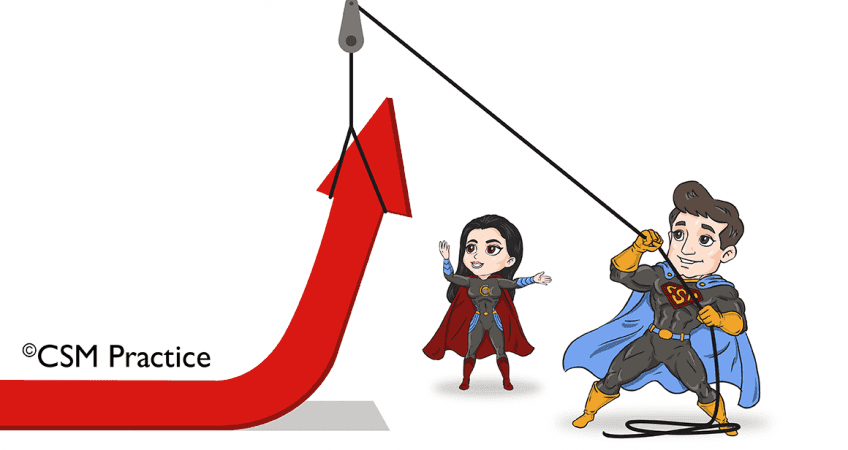

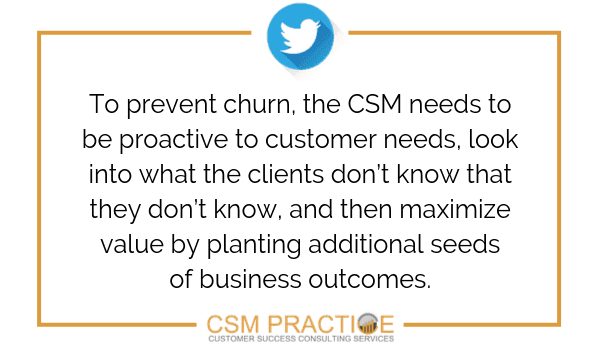
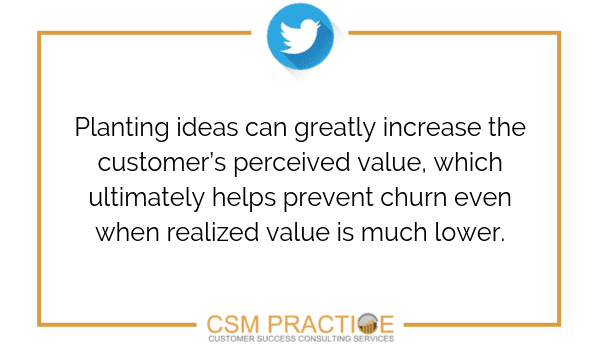

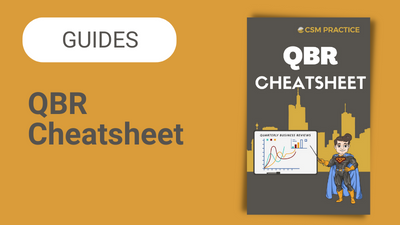
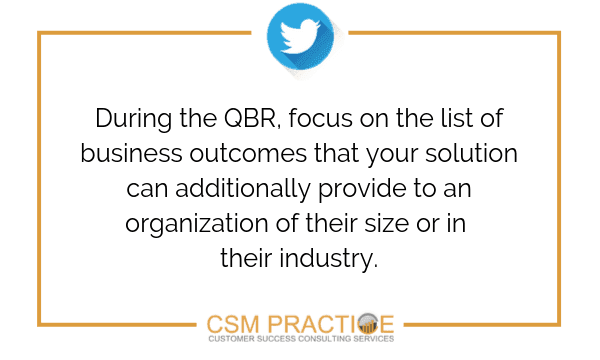
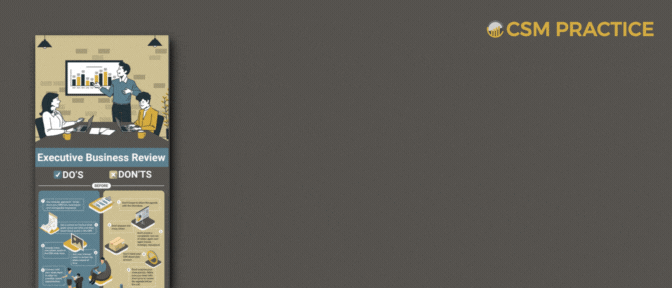
October 29, 2020
[…] focal point of the Quarterly Business Review, commonly known as a QBR, revolves around the business of your customers, on what can be done to […]
January 6, 2021
There are some fascinating cut-off dates in this article but I don’t know if I see all of them center to heart. There may be some validity but I will take maintain opinion till I look into it further. Good article , thanks and we wish more! Added to FeedBurner as well
January 10, 2021
I¦ve recently started a web site, the information you offer on this website has helped me tremendously. Thanks for all of your time & work.
January 20, 2021
Hello! I could have sworn I’ve been to this blog before but after browsing through some of the post I realized it’s new to me. Anyways, I’m definitely happy I found it and I’ll be book-marking and checking back frequently!
January 31, 2021
I like this web blog very much so much good information.